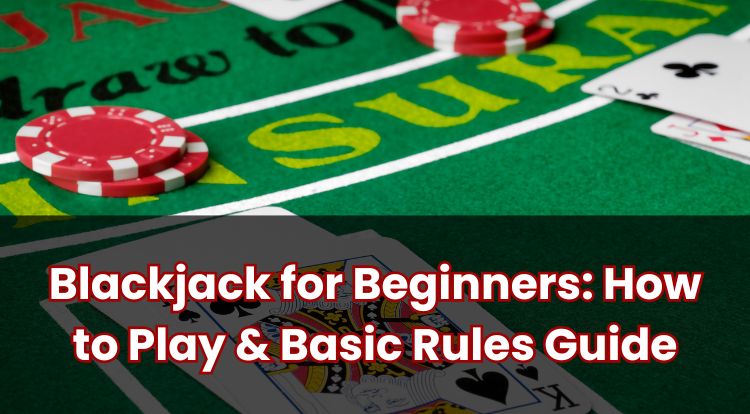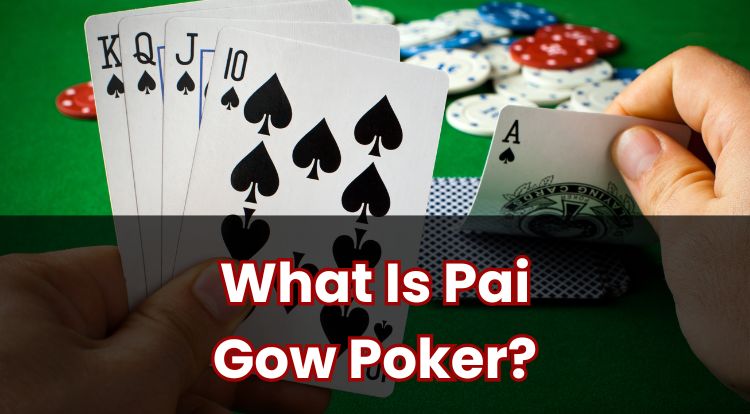Understanding Blackjack Hand Values: Points, Hands & Cards
Blackjack is one of the most familiar card games in casinos. If you have seen it in films or heard people mention “21”, the first thing to understand is how the cards are valued and how a hand is judged.
Once the values click, the rest of the game makes far more sense. Different versions may tweak a few details, so it might be worth glancing at the rules of the table you are playing.
This guide walks through how hand totals are built, what counts as a standout hand, and what happens when things do not go your way, so you know what to expect before deciding whether to play. Read on to learn more.
What Are Blackjack Hand Values and Why Do They Matter?
Blackjack hand values are the total points from the cards the player or dealer holds. The goal is simple: finish with a higher total than the dealer without going over 21.
Each card contributes a set value to that total. Number cards from 2 to 10 are worth their face value, picture cards count as 10, and the Ace can be 1 or 11. This flexibility with the Ace creates two types of totals that you will hear mentioned often: hard hands and soft hands. A soft hand includes an Ace counted as 11, which means the total can adjust down to avoid going over 21 if another card is drawn. A hard hand does not have that safety net.
Players should always remember to gamble responsibly and within their means- never wager more than you can afford to lose.
How Are Blackjack Points Calculated?
Points are simply the sum of your card values, but a few practical examples show how totals behave in real play.
Take an Ace and a 6. That can be 7 or 17. If another 9 arrives, the Ace shifts to 1, so the hand becomes 16 rather than 26. That is a soft hand turning hard because the Ace can no longer be counted as 11 without exceeding 21. A pair of Aces starts as 12, not 22, because one Ace counts as 11 and the other as 1. Add a 9 to those Aces and you have 12 or 22, so the total settles at 12.
The dealer follows fixed rules rather than choosing freely. One common variation is whether the dealer stands or draws on a soft 17. That single difference can affect how often a round continues, even though the underlying card values stay the same.
Most games use one to eight standard 52-card decks, which does not change how individual cards are counted, but it does subtly influence the frequency of certain totals appearing.
Blackjack Card Values Explained
The foundations are straightforward. Twos through tens equal their number, Jacks, Queens and Kings each count as 10, and the Ace can be 1 or 11. Once that is clear, the interesting part is how those values shape play.
Two hands with the same total can behave very differently. A 10 and a 7 is a hard 17 that cannot adjust if another card is taken. An Ace and a 6 is a soft 17, which can convert to 7 if needed. That difference often guides whether a player keeps the hand as it is or risks another card.
Deck size and format also add texture to the game. With more decks in play, tens and Aces are distributed across a larger set of cards, so standout two-card totals appear a little less often. Live tables and digital versions both use the same card values, though the pace and presentation vary.
Which Hands Count as a Natural Blackjack?
A natural blackjack is a two-card total of exactly 21, formed by an Ace with any 10-point card. That means Ace plus 10, Jack, Queen or King on the initial deal.
When this happens, the hand is identified immediately. In most games, a natural blackjack beats any other 21 made with three or more cards. If both the player and the dealer have a natural blackjack, the result is usually a push and the original stake is returned. Payouts for a natural blackjack can vary by table, so it could be a good idea to check how that specific game settles them.
This is a relatively uncommon event. With a single deck, the probability is about 4.8 percent, and it decreases slightly as more decks are used.
What Happens When Your Hand Value Goes Over 21?
Going over 21 is called busting. If a player busts, the hand ends immediately and the stake for that hand is lost, no matter what the dealer goes on to draw. That is why the Ace’s flexibility is so useful. A soft total lets the hand absorb one extra card without automatically going over.
The rest of the round continues for anyone still in, including the dealer. Only if a hand stays under or on 21 does it reach the comparison stage against the dealer’s final total. If both totals are the same, it is commonly a push, meaning the original stake is returned.
Some tables add optional side bets or special outcomes, but the core principle remains the same. Over 21 means the hand is out and cannot win that round.
Face Cards, Aces and Number Cards: What’s the Difference?
All cards come from the same 52-card deck, yet they play distinct roles.
Picture cards, the Jack, Queen and King, are straightforward. Each is valued at 10, and suits do not matter. They combine neatly with an Ace to make a natural blackjack, and they bulk out many strong totals.
Number cards, from 2 through 10, build the fine detail of a hand. They offer incremental steps that can nudge a total into a comfortable position without tipping it over the line. A 4 on top of 13 creates 17, for instance, while a 9 would push it past 21.
The Ace is the flexible piece. Counted as 11, it makes soft totals that can adapt as the hand develops. Counted as 1, it stabilises a hand that is otherwise close to 21. At some tables, if a pair of Aces is split into two hands, only one additional card is dealt to each new hand and Aces may not be re-split. Rules like whether the dealer draws on soft 17 or how split Aces are handled are shown on the table felt or in the game information, so a quick look before starting could potentially help avoid surprises later.
Explore Blackjack Games Online at Red Casino
If you would like to see these principles in action, we offer a wide selection of blackjack games for UK players at Red Casino. You will find classic tables, live dealer rooms and modern variants that present the same core rules in slightly different ways.
Every table clearly shows how card values work, the dealer’s standing rules and any options such as splitting, doubling or side bets. That way, you can choose a game that suits how you like to play. All titles on our site are licensed and regulated, with straightforward information available inside each game.
Registration is straightforward, with support on hand if you have questions about verifying your details or managing your account. Tools to set limits are available so you can manage your play however you deem necessary. If you want to get to know blackjack online in the UK, Red Casino could be a practical place to learn the ropes and choose a table that fits your preferences.
**The information provided in this blog is intended for educational purposes and should not be construed as betting advice or a guarantee of success. Always gamble responsibly.
*All values (Bet Levels, Maximum Wins etc.) mentioned in relation to these games are subject to change at any time. Game features mentioned may not be available in some jurisdictions.




